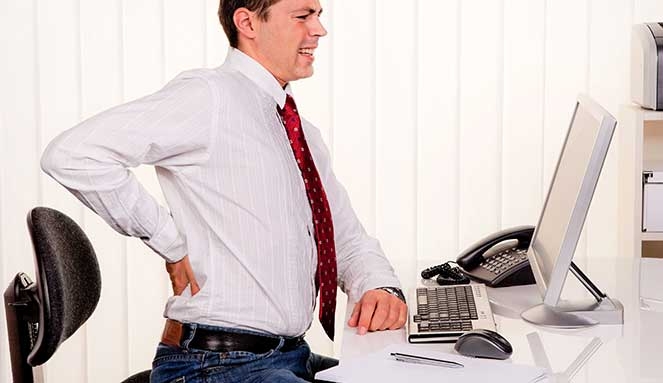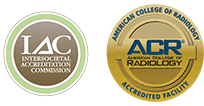How to Deal with Back Pain
There are few conditions more debilitating than back pain. Living with chronic or even occasional back discomfort can have a significant impact on your quality of life, and might even signal more severe underlying health issues. Fortunately, there are steps you can take to minimize your discomfort, and place yourself on the road to recovery.
What is the Source of Your Back Pain?
There are a myriad of causes for back pain. Some of these causes can be fairly obvious to the sufferer. At other times, the source of back pain can be more challenging to diagnose.
It’s a good idea to seek the counsel of a medical professional if your pain persists, increases in severity, or if you’re mystified by its root cause. Whether it’s a simple sprain, a symptom of obesity or a sedentary lifestyle, or the result of a more serious health concern, your doctor can provide you with an accurate diagnosis and course of treatment.
Medications
Your doctor may prescribe various brands of painkillers to help you cope with your back pain. These medications may include prescription narcotics, muscle relaxers, or simple over-the-counter pain relievers such as acetaminophen or ibuprofen. This method of treatment should not be considered a long-term solution, however, as several of these medications may lead to dependency and work only by treating the painful effects of the condition and not necessarily the condition itself.
Exercise
It may seem counterintuitive to some, but in many cases the best treatment for back pain is not bed rest, but exercise. After all, many cases of back pain result from a lack of physical exertion, and healing might only be possible by strengthening the affected muscles. Gradually increasing your level of physical activity can work wonders for repairing the damaged regions in your back, improving your flexibility, and providing you with a general sense of wellbeing.
Start slowly and learn your tolerance. Perform stretches and go on short walks until you feel you can take on more intensive activities.
Of course, if any of the exercises you engage in cause you more discomfort, you should stop performing them immediately. It’s important to learn the forms of exercise that best promote healing, physical and mental stamina, and enhanced flexibility given the parameters of your particular condition. Consult your physician before undergoing any exercise regimen. They may recommend less strenuous activities such as water exercises or yoga.
Lifestyle Modifications
Obesity is one of the most troubling epidemics facing us today. It’s also a common culprit of back pain. Carrying excess pounds can increase your risks for a plethora of dangerous diseases, and severely hinder your ability to lead an active and productive life. It can also cause tremendous stress on the structure of your back.
Diet and exercise are your greatest allies in the fight against obesity and, in many instances, back pain. As those extra pounds begin to shed, you will relieve your back of unnecessary strain and burden, and strengthen its ability to recuperate from injury.
Your diet should arm you with the ingredients you need for muscle growth, tissue repair, and restored reserves of energy. You should avoid items that are laden with sugar, and choose foods that are rich in vitamins and proteins, such as leans meats, fresh fruits and vegetables. Be sure to consult with your physician to determine the ideal diet regimen for you.
Additional Therapies
Natural supplements, such as calcium, flaxseed oil, and magnesium may also be beneficial, as might various creams or lotions that work to sooth muscles when applied. Hot and cold therapies may also be helpful in reducing inflammation, muscles spasms or tension. Electric stimulation, wherein currents of electrical energy are applied directly to the damaged nerves, has produced noticeable results for some sufferers of chronic back pain.
With a little experimentation and under attentive medical supervision, you’ll discover which of these therapies work best for you.
Surgery
Considered an option of last resort, surgery may be suggested after all non-invasive means of treatment have been exhausted. Modern advancements in medical technologies have made it possible for surgeons to repair or sometimes replace damaged regions in the back in a more minimally-invasive manner than ever before. Even so, many of these procedures still carry potential risks, and are not magical cures for every candidate.
The most important thing to remember is that back pain does not have to be a life sentence. If you suffer from any form of back pain, you can rest assured that many solutions exist that can work for you.
















